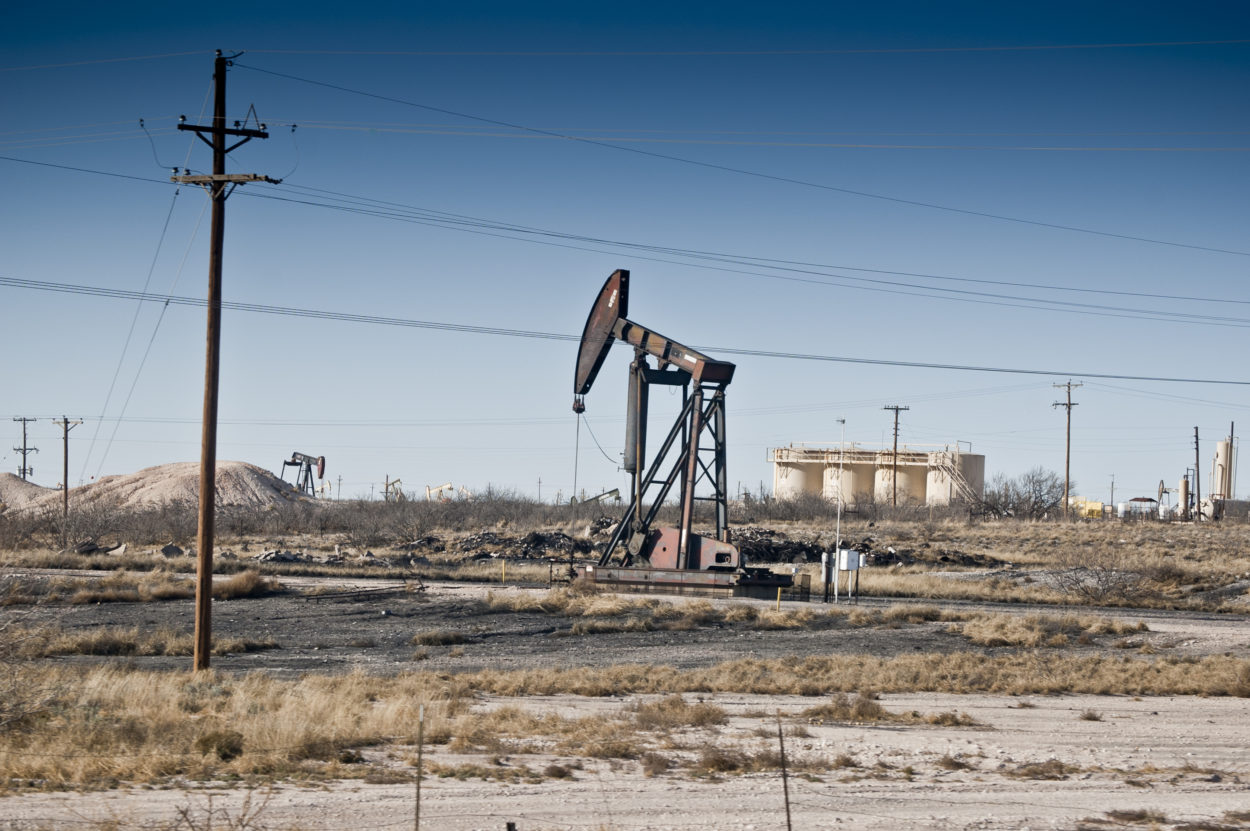
The American oil and gas industry, of which Lea Country is a key contributor, is thriving. U.S. oil fields are producing at record highs. This booming activity is painted in the background of talk amongst environmentalists, politicians and stakeholders worldwide that the era of fossil fuels must end.
An article posted at TheGuardian.com sums up the status quo as, “The US’s status as the world’s leading oil and gas behemoth has only strengthened this year…with the latest federal government forecast showing a record 12.9m barrels of crude oil per day, more than double what was produced a decade ago….” The article continues that gas production is also breaking records in 2023. The “…glut of new export terminals on the Gulf of Mexico coast [is] facilitating a boom that will see US exports of liquified natural gas (or LNG) double in the next four years.”
Even while entertaining concerns about climate change, federal government predictions about the strength of the nation’s oil and gas industry span much longer than the next four years. Estimates are that growth will continue until 2050. Michael Lazazus, a Stockholm Environment Institute senior scientist, comments in The Guardian article, “It’s particularly alarming to see the projections of record US oil and gas production year after year until 2050. … The US is locking in production for years that makes it hard to meet climate goals. It’s out of sync and it needs reckoning.”
These predictions for a strengthening U.S. oil and gas industry during the next 25 years are alarming to United Nations Secretary-General António Guterres. Guterres is calling for all G20 members to “supercharge” efforts to attain “climate solidarity” by asking “all big emitters [to] make extra efforts to cut emissions….” The U.S. is a G20 member and one of the world’s biggest emitters. Still, the federal government today is saying little about the Secretary-General’s call to reduce fossil fuel dependency.
Oil and Gas Industry to Remain Strong in Lea County
Bringing all of this information home, including lingering environmental concerns, suggests a strong future for Permian Basin oil and gas production and a healthy energy industry for Lea County and its neighbors in the foreseeable future.
Testimony to this factor is supported by the numbers. A recent study conducted by New Mexico State University’s (NMSU) Arrowhead Center and commissioned by Eddy County found that Lea County followed by Eddy County rank first and second in contributions to The Land of Enchantment’s coffers from oil and gas revenues. According to the report, “Lea County contributed $250,000 per person, while the state expended $35,000 per person. Eddy County contributed $239,000 per person with $32,000 of expenditure per person,” states a Carlsbad Current Argus article.
This most recent study updates two previous studies that analyzed oil and gas revenues and expenditures county-by-county from 2015 – 2022.
Predictions for revenue the oil and gas industry will pour into the state’s treasure chest in 2024 and 2025 are even greater. The New Mexico Department of Finance and Administration is on record as forecasting that the state’s general fund will receive $3.48 billion in “new money” in the 2025 fiscal year – “a 3.5% increase in recurring revenue for fiscal year 2023”.
This forecast speaks to the current strength of the state’s oil and gas industry. A recent New Mexico Legislative Finance Committee report (PDF) states that the state usually receives more than $4 billion annually from direct revenue from oil and gas production. Indirect income adds even more dollars. This data does not take into consideration “new money”. Talking only about the norm, the committee’s report states, “Most years, oil and gas direct and indirect revenue make up 25 percent to 30 percent of total general fund revenue, although that figure fluctuates depending on economic conditions and the health of the energy industry. Generally, a dollar increase in the per barrel price of oil translates into about $45 million for the general fund, while a 10 cent increase in the price per thousand cubic feet of natural gas translates into $27 million in additional revenue.”
Gov. Michelle Lujan Grisham welcomes the revenue the New Mexico oil and gas industry contributes to the state. She states, “The robust general fund proves that what we are doing in New Mexico’s economy is working. As we see another record year of projected revenue, we will continue building a solid financial future for our state through meaningful and long-lasting investments, always with an eye on stewardship of public dollars and fiscal responsibility.”
The governor is clear that responsible oil and gas production is mandatory to ensure a healthy and sustainable environment for all. Gov. Lujan Grisham is on record as stating that New Mexico is “…doing the right things at the right time to produce the cleanest barrel of oil in the country.” … “New Mexico will not abdicate its responsibility to future generations.” … “We are all in on all of it: whether it’s building a state-of-the-art renewable energy, making more electric vehicles available to residents, shaping a cleaner oil and gas industry, or holding polluters accountable.”


